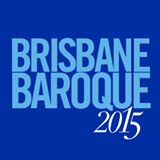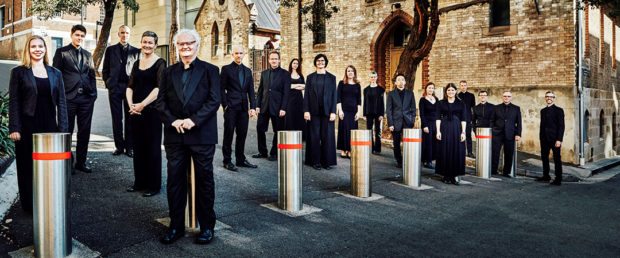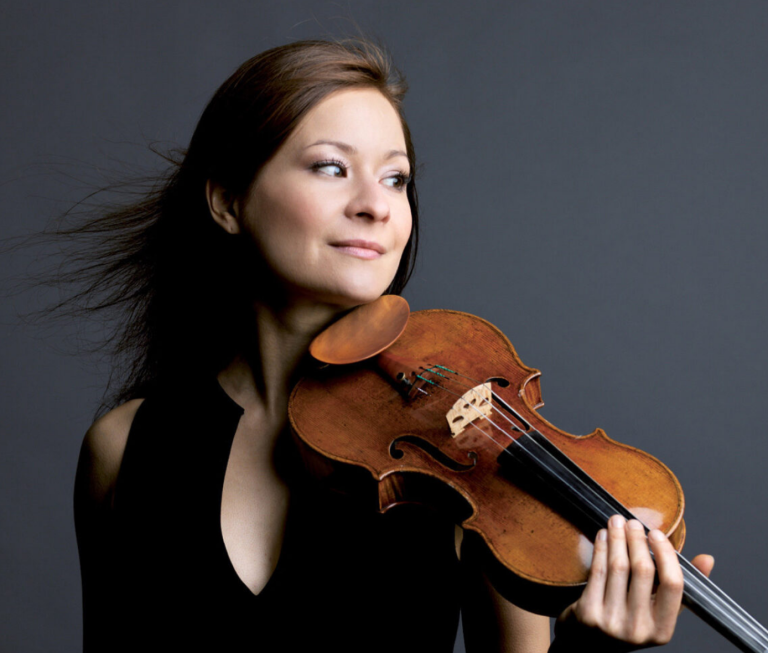Concert Review: Haydn’s Esterházy Orchestra/ Australian Haydn Ensemble
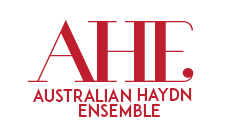
Australian Haydn Ensemble
Haydn’s Esterházy Orchestra
Utzon Room, Sydney Opera House
20 December 2015
Marc Destrubé (Guest lead violin & co-director)/ Erin Helyard (Guest co-director & harpsichord soloist)/ Skye McIntosh (Artistic Director & violin)
The Australian Haydn Ensemble finished their musical year with a concert entitled Haydn’s Esterházy Orchestra which consisted of Haydn’s symphonies numbers 6, 7 and 8 (the ‘Time of Day’ symphonies), together with his keyboard concerto in D, Hob. VIII:11.
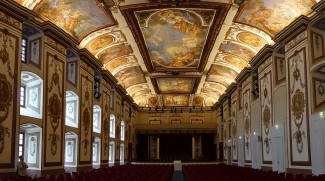
In some of their previous concerts this year the AHE has performed Haydn’s orchestral works in reduced versions for chamber ensembles. Although this was an authentic eighteenth century practice it should really be regarded only as a makeshift expedient – as indeed it was in the eighteenth century. It was therefore gratifying to see the AHE expanded to 22 players for this concert so we could hear the delightful solo instrumental episodes which Haydn distributes liberally throughout these symphonies. They were probably the first works Haydn wrote after his appointment as vice-Kapellmeister in charge of the Esterházy orchestra, and he took special care to provide each of the principal players of his new orchestra with distinctive solos which gave them an opportunity to display their individual talents and win the appreciation of their employer, Prince Paul Anton. The members of the AHE seized these opportunities and their many personal contributions were a highlight of the concert. Collectively, the mellow and well-blended sound of gut strings balanced against clear classical wind instruments was a joy to hear.
The guest co-director, violinist Marc Destrubé, was very much at home with these works. His violin solos were produced with a clean, firmly-projected sound and he gleefully steered the ensemble through the many entertaining changes of mood and witty pauses that Haydn sprinkles through these works. As the lead second violinist, the Ensemble’s Artistic Director, Skye McIntosh, matched Destrubé nicely in their duo passages. Although these symphonies may not have been performed originally with a harpsichord continuo, the other co-director for this concert, Erin Helyard, provided a continuo which enhanced Haydn’s witticisms with occasional humorous interpolations.
Among the other orchestral soloists, the flautist Melissa Farrow played her many solos with a bright, fresh timbre and nice sense of style. Daniel Yeadon played his solo cello passages with a warm, rich tone, blending nicely with his ensemble partners. The double bass player, Jacqueline Dossor made the most of some rare solo opportunities for this instrument. These underlined the challenges of intonation and agility which Haydn posed, but Dossor met the challenges courageously, especially in the extended solo in the trio of the Le Soir symphony. The two horns, Darryl Poulson and Doree Dixon played with the rustic sound that Haydn would have expected and bassoonist Simon Rickard made the most of the instrument’s humorous disposition, especially in the trio of the Le Matin symphony. The oboes, Amy Power and Julia Bauer had fewer solo opportunities but combined nicely, especially in the passages featuring the winds on their own.
Erin Helyard was the soloist in Haydn’s most popular keyboard concerto. The programme notes mention that this work was originally published in France and Helyard took this as an invitation to adopt a French approach to flexibility of tempo and the occasional use of French notes inegales. The resulting interpretation was individual but nevertheless persuasive. The final ‘Hungarian’ rondo was executed exuberantly and with a great sense of unbuttoned enjoyment. Skye McIntosh announced that the Ensemble had just finished recording this concerto for commercial release. Their performance displayed the careful preparation for what should be an attractive CD.
The Utzon Room is becoming an increasingly popular venue for chamber groups. For this concert the performing area was located at the end of the room instead of in the normal position in front of the large picture windows. This was presumably to accommodate the large audience. But this room is much smaller than the grandiose Esterházy concert hall at Eisenstadt, and the decision to employ a larger string group than Haydn used resulted in a very full sound in the confines of this moderately small and acoustically lively room.
The lasting impressions from this concert were: firstly, the excellence of the AHE, both individually and as an ensemble and secondly, that one must admire the creativity which Haydn poured into everything he wrote. With over a hundred symphonies from his pen, the concert demonstrated yet again that even his early works were amazingly inventive – and above all, they were fun!
Larry Turner for SoundsLikeSydney©
Larry Turner has been singing in choirs for many years – both in Sydney and London. He is an avid attender of operas and concerts, with an emphasis on vocal music. He particularly enjoys music from both the great a capella period and the baroque – especially the lesser-known works of Bach and Handel. He has written programme notes for Sydney Philharmonia, the Intervarsity Choral Festival and the Sydneian Bach Choir and is currently part of a team researching the history of Sydney Philharmonia for its forthcoming centenary.



